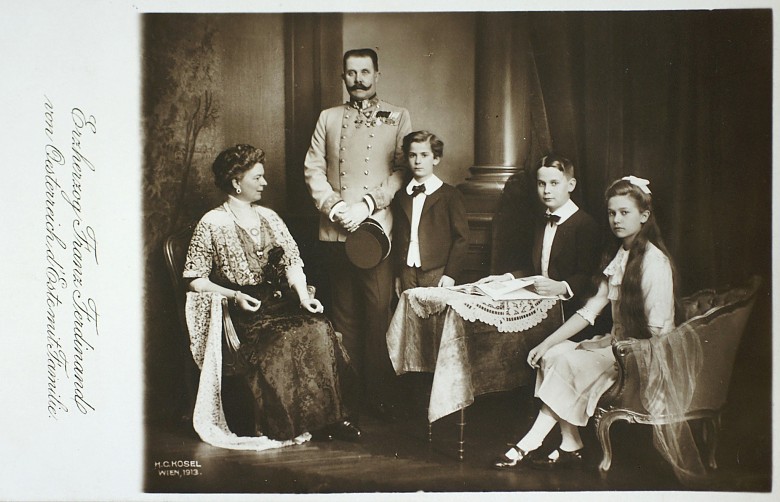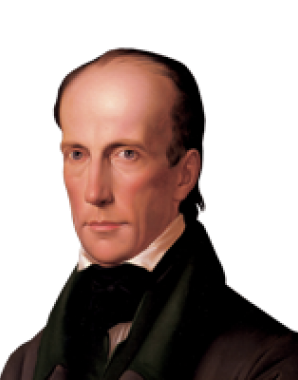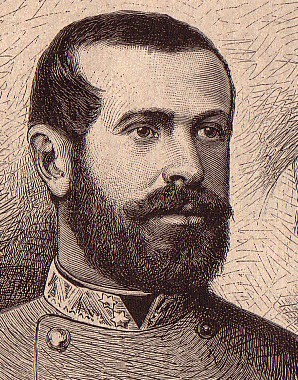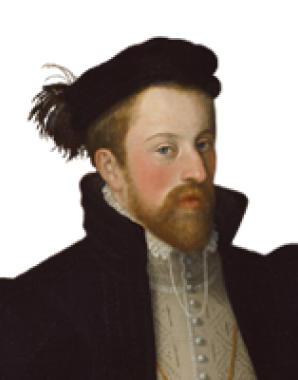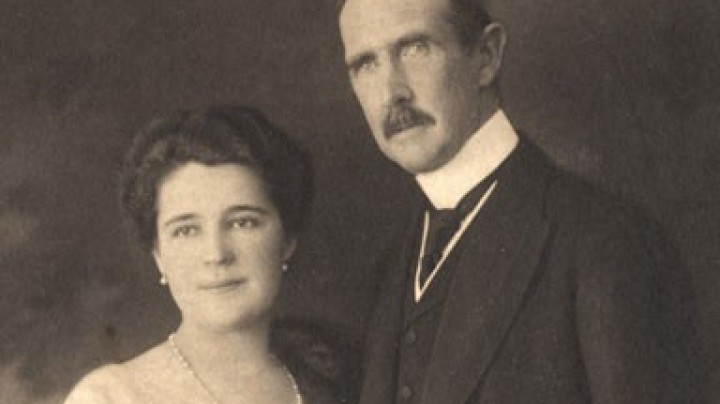Love is free
Love takes no account of rank and title. But caution is advised, as relationships ‘below one’s station’ can lead to complications with one’s family.
In principle, Habsburgs had to marry ‘in accordance with their standing’. As head of the family, however, and in accordance with the Family Statute, the emperor could legitimize an ‘incommensurate’ union through the formality of a ‘morganatic’ marriage. However, not all incommensurate unions were handled in this way: some were not tolerated and the Habsburg in question had to relinquish his or her family membership.
In the almost six hundred years of Habsburg family history before the reign of Franz Joseph, there had only been two instances of male members of the family choosing commoners to be their brides: in the sixteenth century, Ferdinand of Tyrol married Philippine Welser, the daughter of an Augsburg patrician, and at the beginning of the nineteenth century Archduke Johann married Anna Plochl, daughter of the postmaster at Bad Aussee. Ferdinand and Johann did not have to suffer serious consequences as regards their legal status in the family – they were neither compelled to leave the archducal house, nor did they lose their rank.
In the course of Franz Joseph’s reign a number of members of the imperial house expressed the desire to marry ‘below their station’. The consequences for Archduke Heinrich, who married the singer Leopoldine Hofmann on 4 February 1868 in Bozen, were relatively mild. Although Franz Joseph made it clear that he was against the marriage, he did at least declare his willingness not to contest its validity. However, Heinrich did have to submit ‘promptly and conscientiously’ to the Emperor’s conditions: from this point onwards his name was ‘Count Waideck’, he left Austria and forfeited his membership of the imperial house. He renounced all his military functions and was instructed to make arrangements with his brothers as to how he was to be provided for. The year 1872 saw the story take an unexpected turn when Heinrich received a letter from Franz Joseph stating that he was restoring him ‘to the rights of an imperial prince’ and that he had ‘given his retrospective approval to his morganatic marriage.’ It is not known what it was that moved the Emperor to change his mind. In any case, this restoration of Count Heinrich to his former rank as an archduke was a unique step in the history of the Habsburg family. The couple remained united even in death: while on a visit to Vienna in 1891 they both came down with pneumonia and died in the same night.
The last great morganatic marriage of the Danube Monarchy was that of the heir to the throne Franz Ferdinand and Countess Sophie Chotek. Although Sophie came from the higher nobility, she was not of equal birth by the terms of the Family Statute. For this reason, Franz Joseph initially refused to agree to the marriage and only gave his approval in 1900 on the condition that the couple’s children should renounce their claim as heirs to the throne. A few years later, Sophie was made Duchess of Hohenberg. The couple resided at Schloss Artstetten, where they were laid to rest after the assassination in Sarajevo in 1914.
Other cases were less free of conflict and led to public scandals: Johann Orth, Ferdinand Burg and Leopold Wölfling were all members of the extended Habsburg family who had to leave the imperial house on this account and took commoners’ names.
